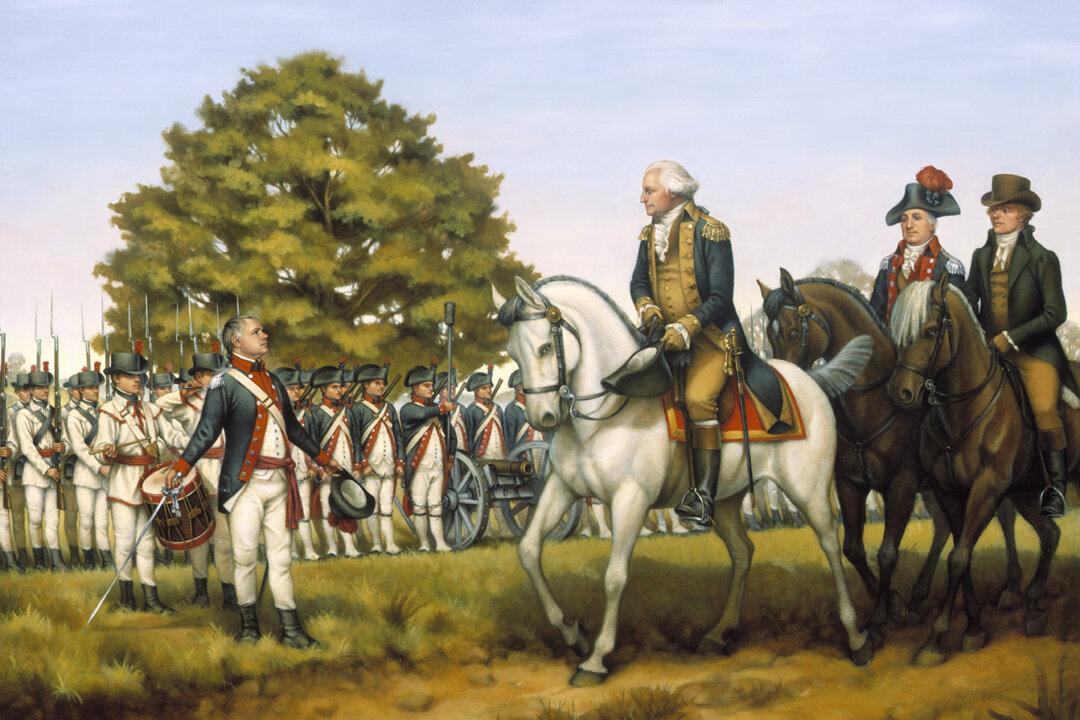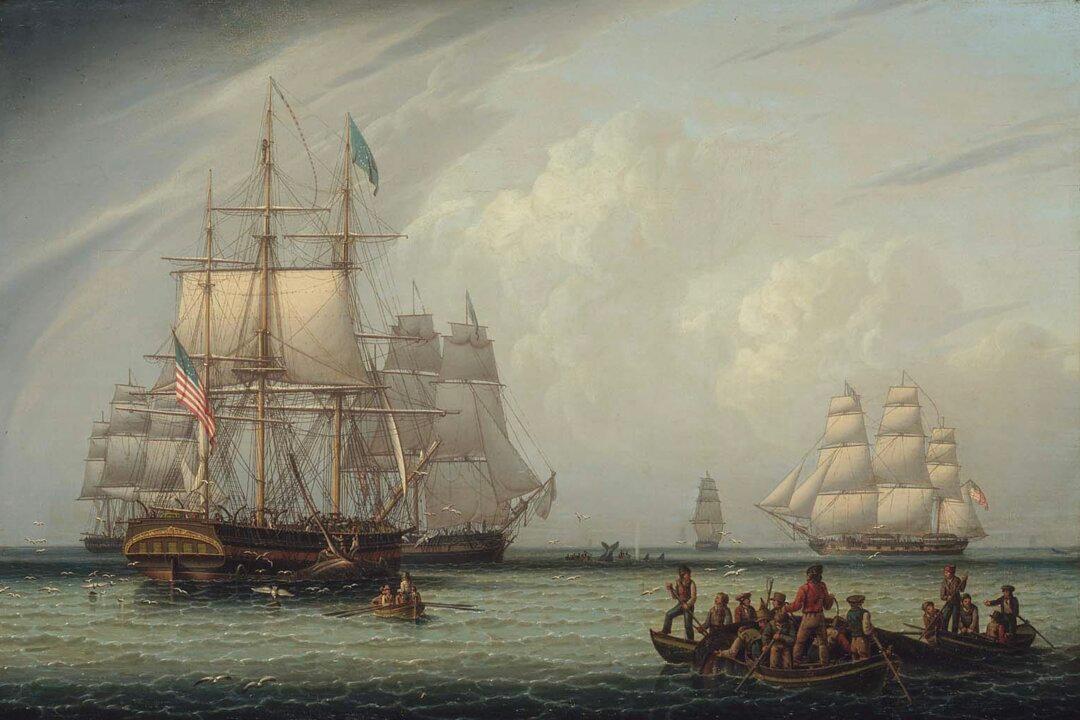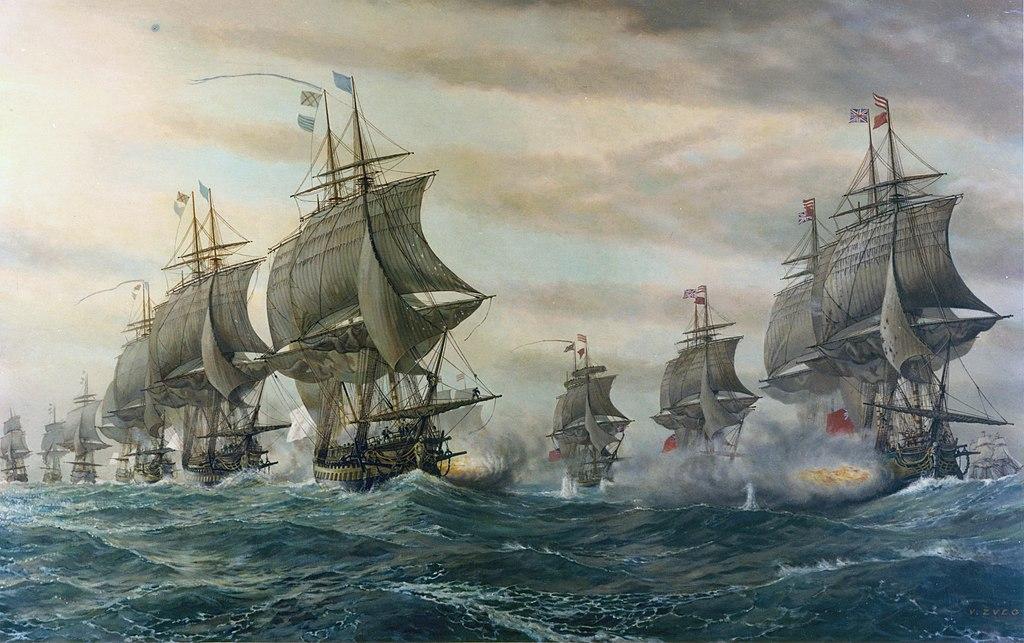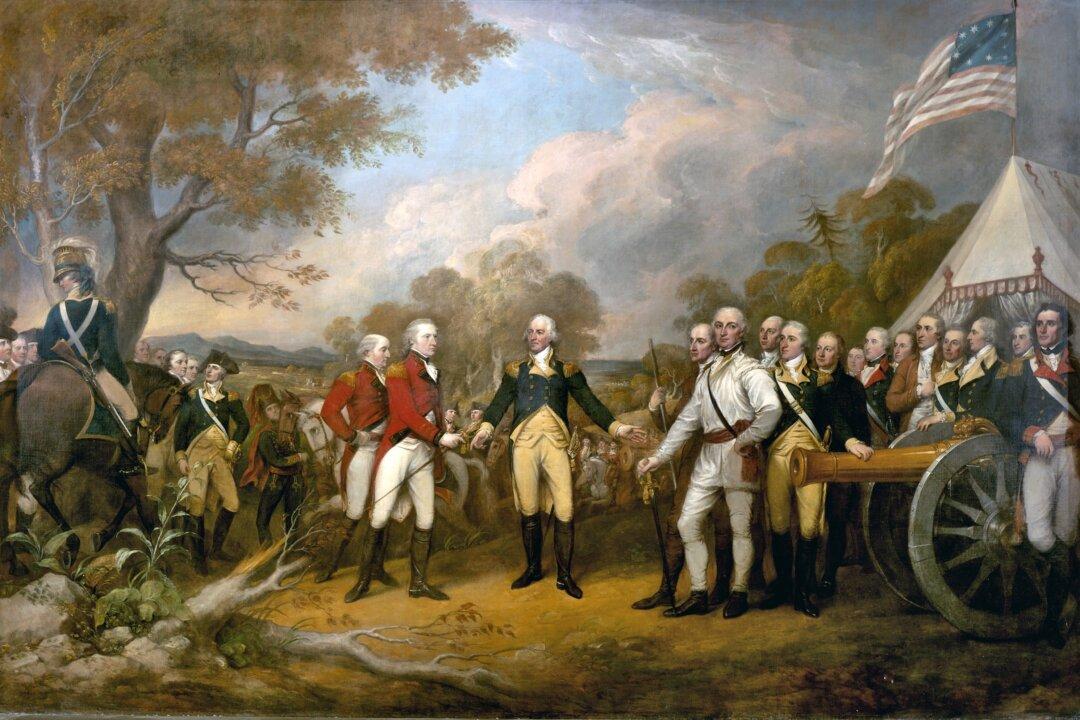After fighting at Lexington and Concord, the colonial forces followed the British back to Boston, and kept them bottled up there. George Washington arrived to take command of the musket-toting farmers, woodsmen, and merchants. The British navy was powerless to help since winter weather had moved into colonial frozen harbors. But in March of 1776, the English sailed for New York to reinforce their troops.
At the same time, talk about cutting all ties with England grew in the colonies. Massachusetts was the first to pass a resolution for independence. In April, North Carolina took the same bold step, followed by Rhode Island, then Virginia. The idea of independence rapidly gained momentum. Only New York and Pennsylvania remained opposed.





